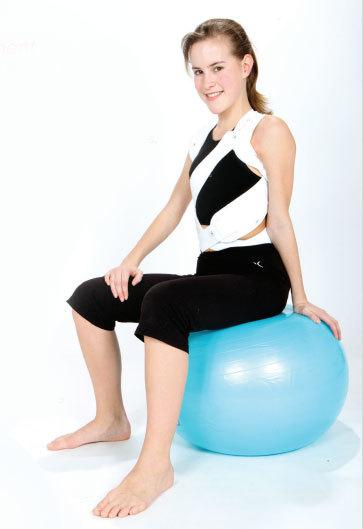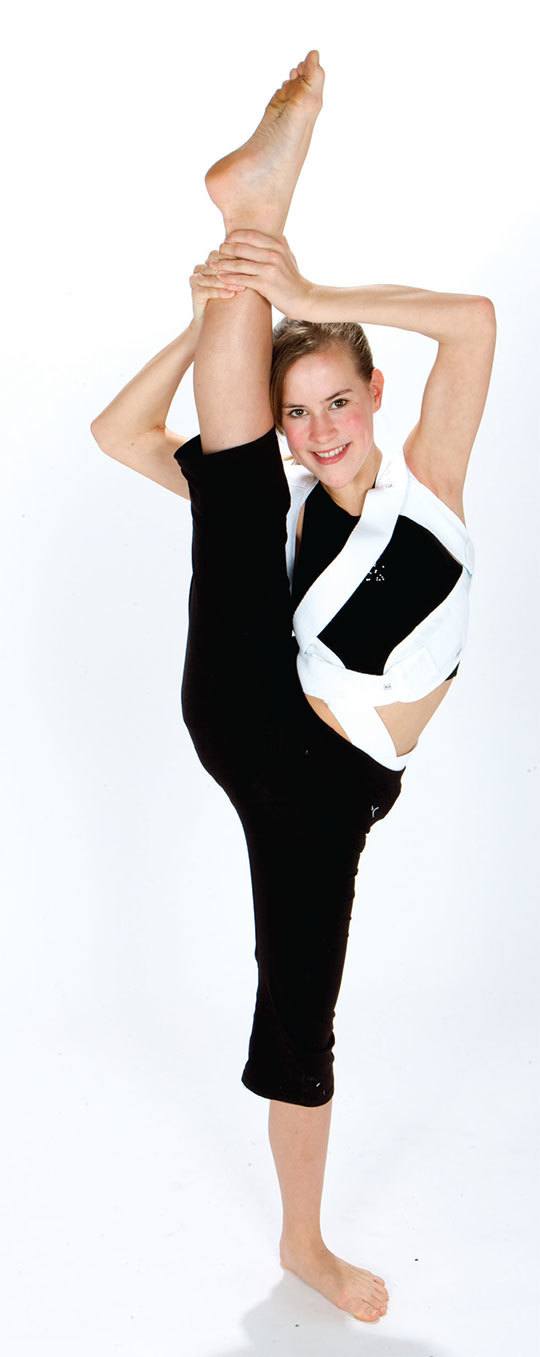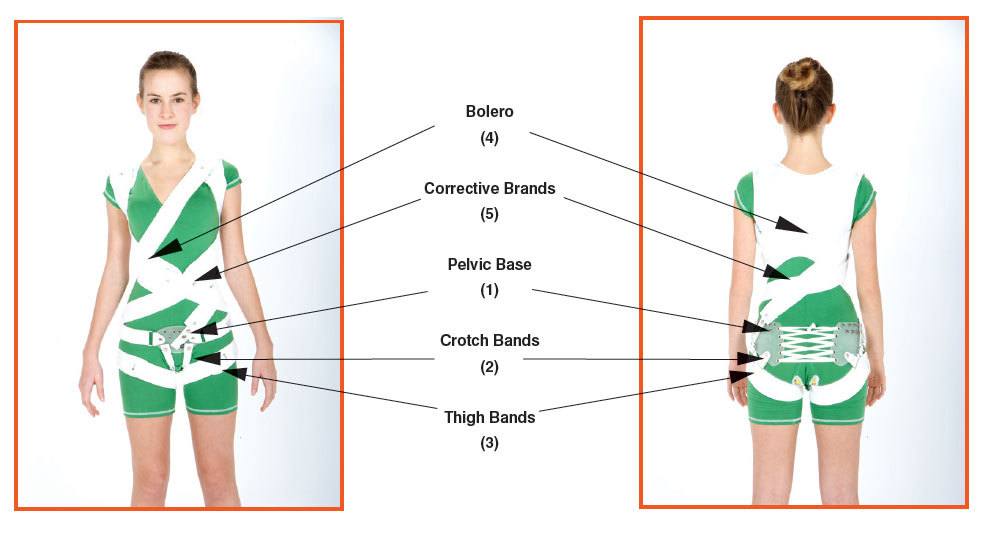When Physical Therapy, Chiropractic, and Rehab Exercises Have Failed To Give You Relief... Or Has Only Provided Temporary Relief?
What is Scoliosis?
Scoliosis is the most common spinal deformity in children. It is a sideways (lateral) curvature of the spine.
The spinal column curves and twists, causing problems which can also affect the ribs and pelvis.
For the majority of children this is very mild and needs no treatment. However, for those who need treatment, early diagnosis is important to prevent any further problems from developing.
Scoliosis is best treated whilst children are young as the body responds better to treatment when the spine is still flexible and still growing.
Tired of the pain from your scoliosis or hyperkyphosis?
Signs of Scoliosis
One shoulder may be higher and more prominent than the other. One hip may be more prominent than the other. One side of the back may be more prominent than the other. Clothes may not hang properly.
What Causes Scoliosis?
80% of cases are “idiopathic”. There is now strong evidence to suggest most idiopathic scoliosis is triggered by a genetic abnormality causing unbalanced growth.
Abnormal development of the bones in the spine present at birth (congenital).
Many conditions affecting the nerves and muscles
Treatments for Scoliosis
When the deformity is minimal, treatment is not normally prescribed and medical observation is sufficient.
However, if the deformity progresses and becomes more severe, there are two types of treatment possible.
Surgical treatment
Surgery should be seen as a last resort but is appropriate for 1 out of 23 children with scoliosis. It is recommended when the scoliosis is:
- Severe
- Rapidly worsening
- A trunk deformity is prominent
Tired of the pain from your scoliosis or hyperkyphosis?
Non-Surgical Treatment - Brace treatment
Spinal braces apply forces which push or pull on the body and have a positive affect on the spine. A rigid brace is made of light plastic material and is usually worn 23 hours per day. A fl exible brace (SpineCor®) is dynamic and allows movement and is used 20 hours per day. It offers signifi cantly better long term post treatment results, postural improvement and stable correction after brace removal.
Additionally, SpineCor® is much more acceptable for children, offering almost total freedom of movement and allowing them to continue participating in sports and normal day to day activities.
The SpineCor® Dynamic Corrective Brace
This was developed in the early 1990s after rigorous research and clinical trials by a team of 65 researchers based at Ste Justine Hospital in Montreal, Canada.
SpineCor® treatment is now used in over 20 countries around the world and over 10,000 patients have been successfully treated.
SpineCor® is different to conventional non-surgical treatments which are all essentially rigid or semi-rigid braces. SpineCor® recognizes and attempts to control not only the progression of the deformity but works to rebalance and strengthen the abnormal musculature, improve posture and to reinforce and integrate positive neurological feedback.
Benefits of the SpineCor® Brace
- It can provide stabilisation or even correction of Idiopathic Scoliosis from a 15° Cobb angle and above.
- It is fully flexible, allowing normal body movement and growth. It allows children to lead a normal life.
- It is worn easily and comfortably under clothing.
- It increases children’s treatment acceptance, helping to achieve better results.
SpineCor® Brace Components
The first section consists of the pelvic base (1), the crotch bands (2) and the thigh bands (3). Its role is to act as an anchoring point and support for the elastic corrective bands.
The second section consists of the bolero (4) and the corrective bands (5). This is the part designed to correct the scoliosis curve. The fitting of the corrective bands is specif c for each child and depends on their type of curve.
Tired of the pain from your scoliosis or hyperkyphosis?

SpineCor® Treatment
Before fitting the SpineCor® brace, a series of evaluations are carried out:
Clinical evaluation: to evaluate the child’s growth and the pattern of any postural abnormalities.
X-ray evaluation: recent x-rays of the child’s spine will be studied to evaluate their type of curve and its potential for progression.
SpineCor Assistant Software (SAS): a computer will record data from all our evaluations and calculate the child’s specific curve classification. The software will also specify the exact brace fitting details for them.
Once the brace is fitted, the changes to the child’s spine and posture will be evaluated.
Parents will be shown how to fit and remove the brace (it is very easy!).
To optimise the effects of the brace, children are encouraged to perform any type of sport WEARING the brace (except for swimming).
Physiotherapy
To further enhance and improve the treatment, we may recommend that children undergo a physiotherapy programme.
The SpineCor® Physiotherapy Program has been designed to complement the effects of the brace and reinforce the treatment. Children treated with the SpineCor® brace must only carry out the exercises exclusively designed for their type of scoliosis curve to avoid interfering with the action of the brace.

Frequently Asked Questions:
How long do children need to wear the SpineCor® brace for?
Usually the SpineCor® brace is worn for 20 hours per day. The four hours out of the brace should be taken at two or more intervals during the least active part of the child’s day. The brace must be worn while sleeping.
How long will the SpineCor® treatment last?
The length of treatment will depend on the child’s age when the treatment is started and the severity of their curve. It is always a minimum of 18 months. Adolescents typically wear braces for an average of 26 months. Juveniles may require brace treatment for many years.
How often will my child need follow-up appointments?
An initial follow-up appointment is generally held between 4-6 weeks after the race fitting. Following this, three monthly reviews are held to monitor the child’s progress and adjust the brace if necessary.
Is Physiotherapy necessary with SpineCor® treatment?
No. SpineCor® treatment may in itself be considered a physical therapy which in most cases is sufficient. However, if additional physiotherapy is considered beneficial to the child, then it will be prescribed.
Is it easy to put the SpineCor brace on?
Yes, the brace may look complicated but it is very easy to put on and your brace provider will make sure you are able to do this during your brace fitting appointment.
Tired of the pain from your scoliosis or hyperkyphosis?





